-

Coalescing Filter -

Filter Media -

Filtering Systems -

Filtration Equipment -

Oil Filtration -

Water Filtering Systems
Coalescing Filter
Similar to mist collectors or eliminators, coalescing filtration systems force air or gas through a series of fibrous panels or films. While the air or gaseous material can permeate the tangle, vapors and other particles adsorb or collect on its surface. These fine particulates merge and drain away.
Common contaminants removed by coalescing filters include condensed water droplets, liquid oil and oil vapor, dust, rust and other ambient air particles. If not removed, these particulates can block valves and passageways, cause seals to swell, corrode piping and result in the overall mechanical failure of pneumatic manufacturing equipment. Predominantly used in compressed air applications, coalescing-type filters are essential to refrigerant, automotive, ventilation, heating and cooling, transportation, pharmaceutical, food processing and natural gas filtration industries.
To accommodate the needs of such a variety of industries, coalescing filters are available in sizes as small as 0.18″ inside diameter and as large as 22″ outside diameter. With efficiencies ranging from 93% to 99.9999% particulate removal at the 0.3 micron range and similar at the 0.01 micron range, filtering systems such as these not only purify process streams, but they also minimize pollution and downstream corrosion as well as operating and maintenance costs while promoting worker health and safety.
The basic design and operation of coalescing filters is similar to various other air filtration systems. The air sample passes through a filter panel or cartridge. These consist of two or more layers of an extremely fine mesh-like substance. The inner capture layer is a coalescing layer, while the outer layer, made of coarser fibers, is used predominantly for drainage. The fine inner layer collects the droplets and vapors before forcing them to the secondary layer where they merge.
The growing matter becomes increasingly heavy and is eventually pulled down by gravity. These contaminants are manually or automatically retrieved from the collection bowl located below the coalescing panel. In some applications this byproduct is disposed of while in others it is valuable liquids that are retrieved and therefore it is recycled back into processing to increase throughput. When valuable oils or aerosols are to be collected, a third layer is used in the coalescing filter.
An inner layer made of fine materials is positioned between the two outer layers, which trap dust and other solids, ensuring that the coalesced material is itself fairly pure. In any event, coalescing filter panels or cartridges are made up of fibrous materials that form a complex matrix or lattice. Examples include borosilicate microglass, fiberglass, closed cell foam or other durable and chemically resistant latticed materials.
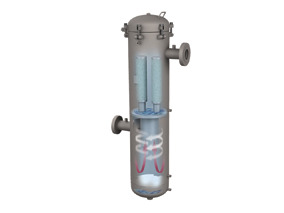
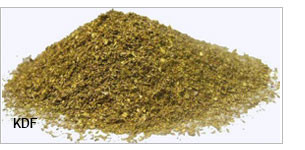
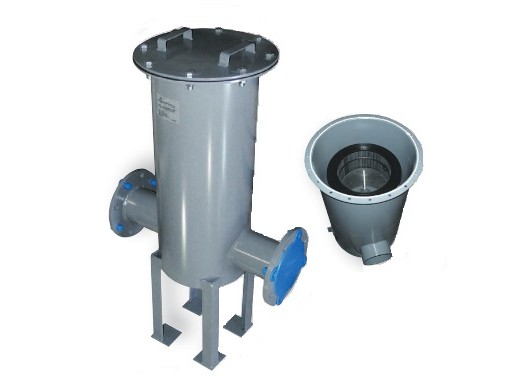
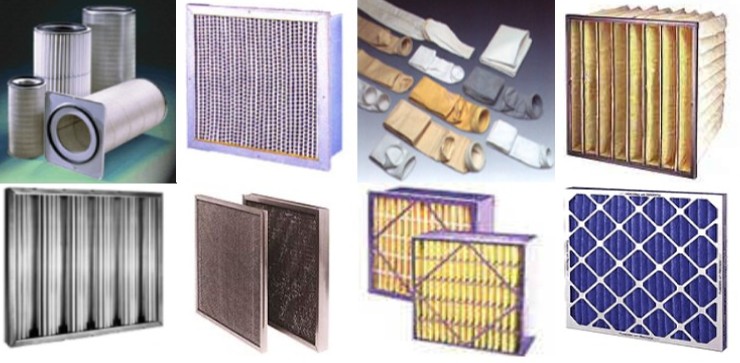
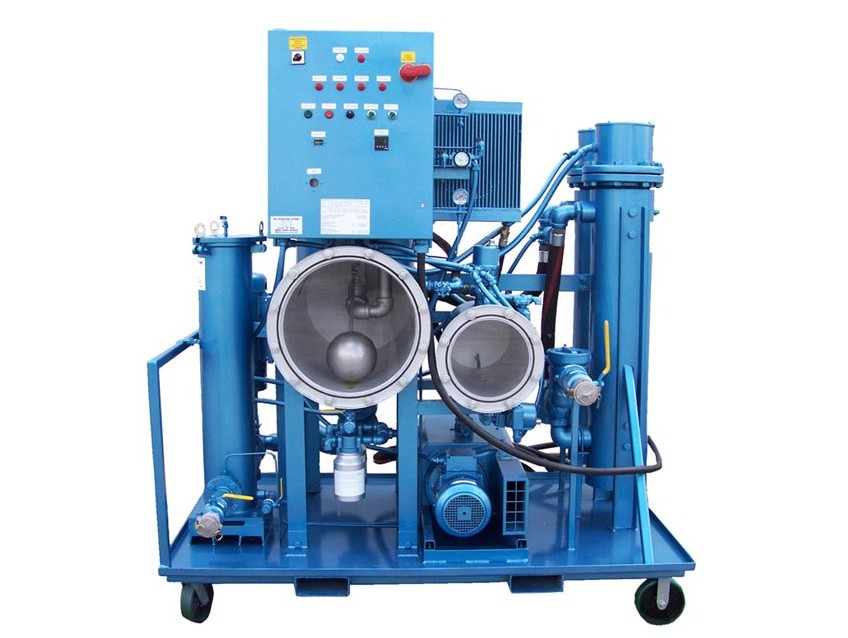

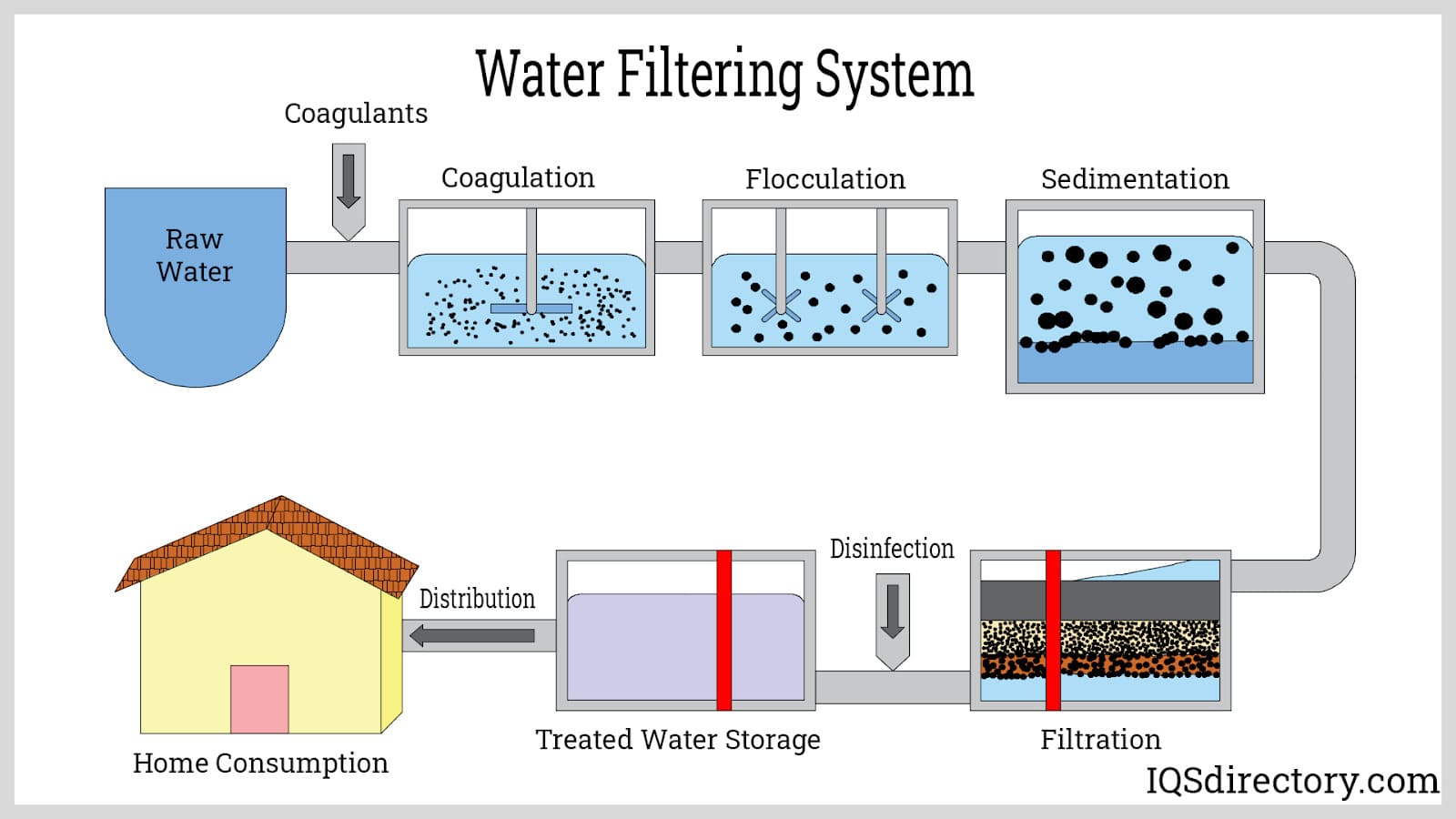
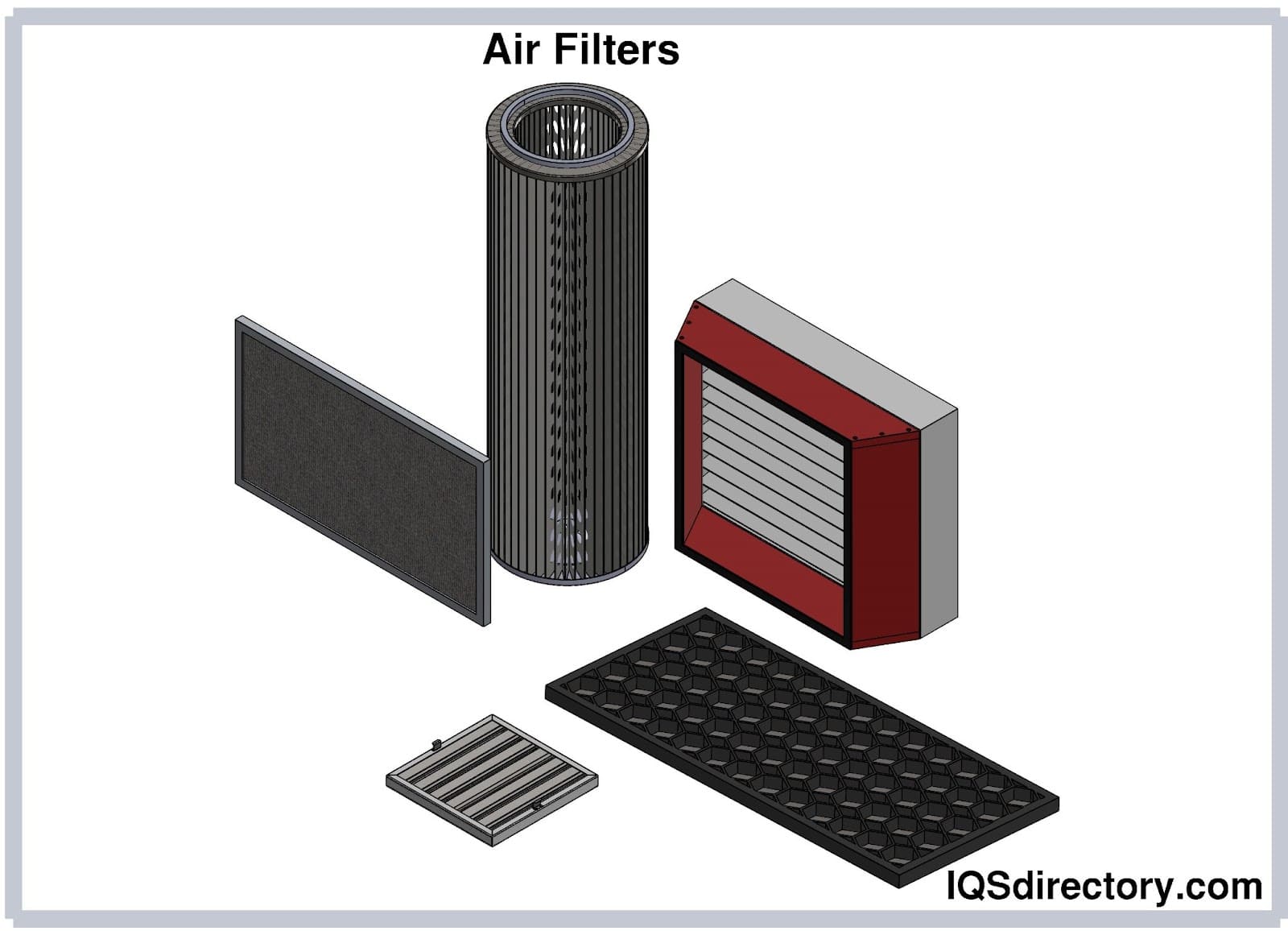
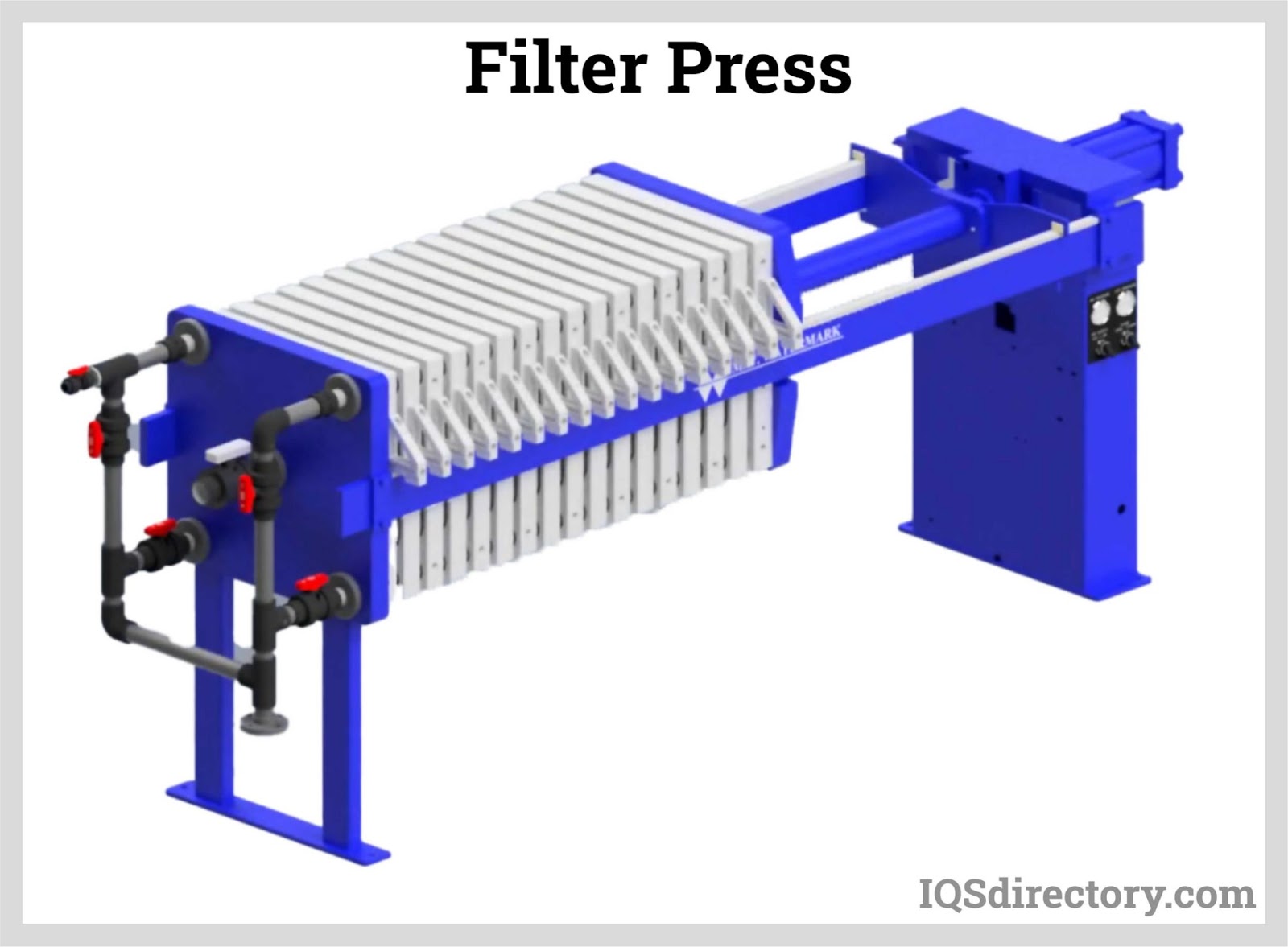
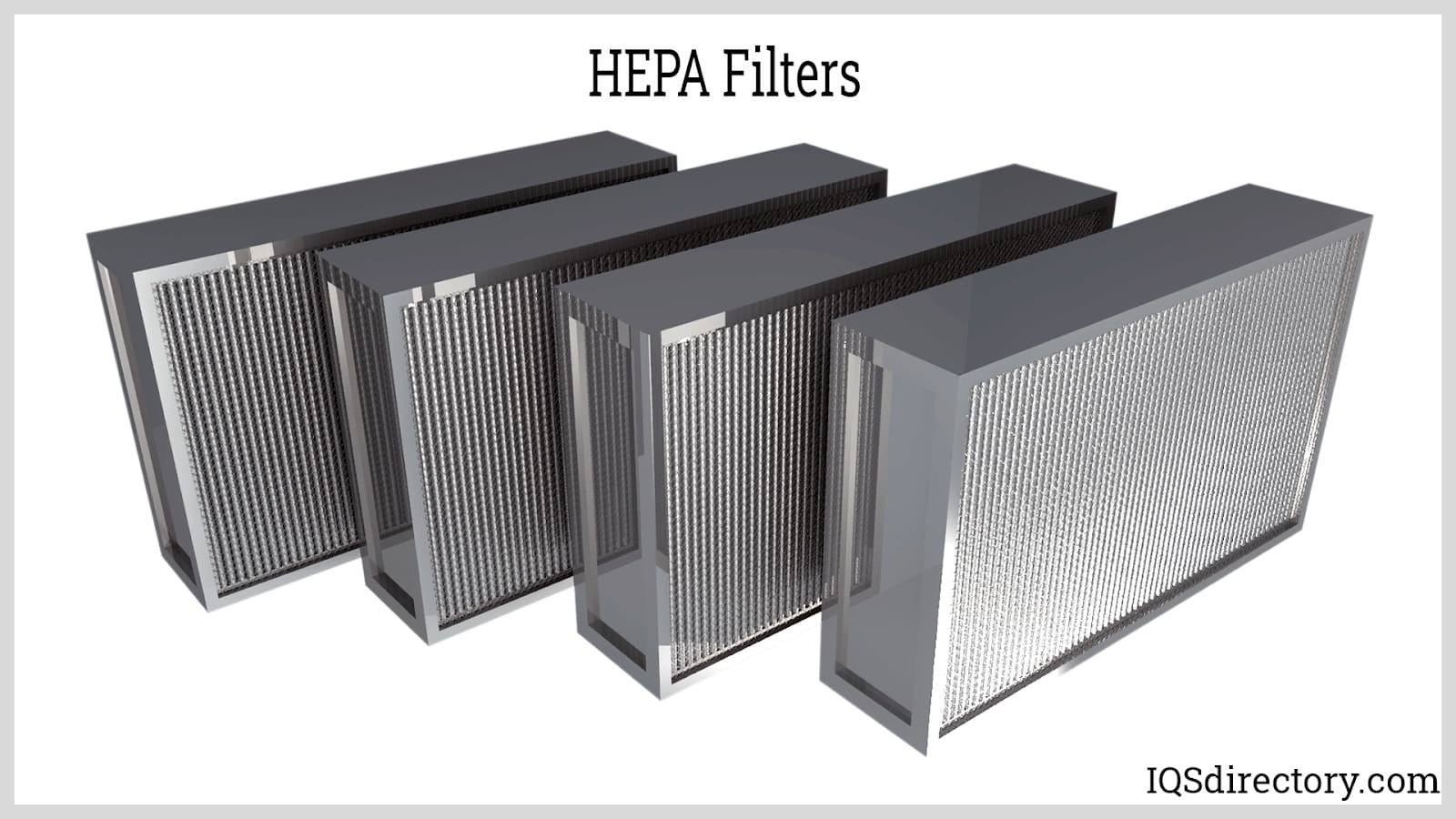
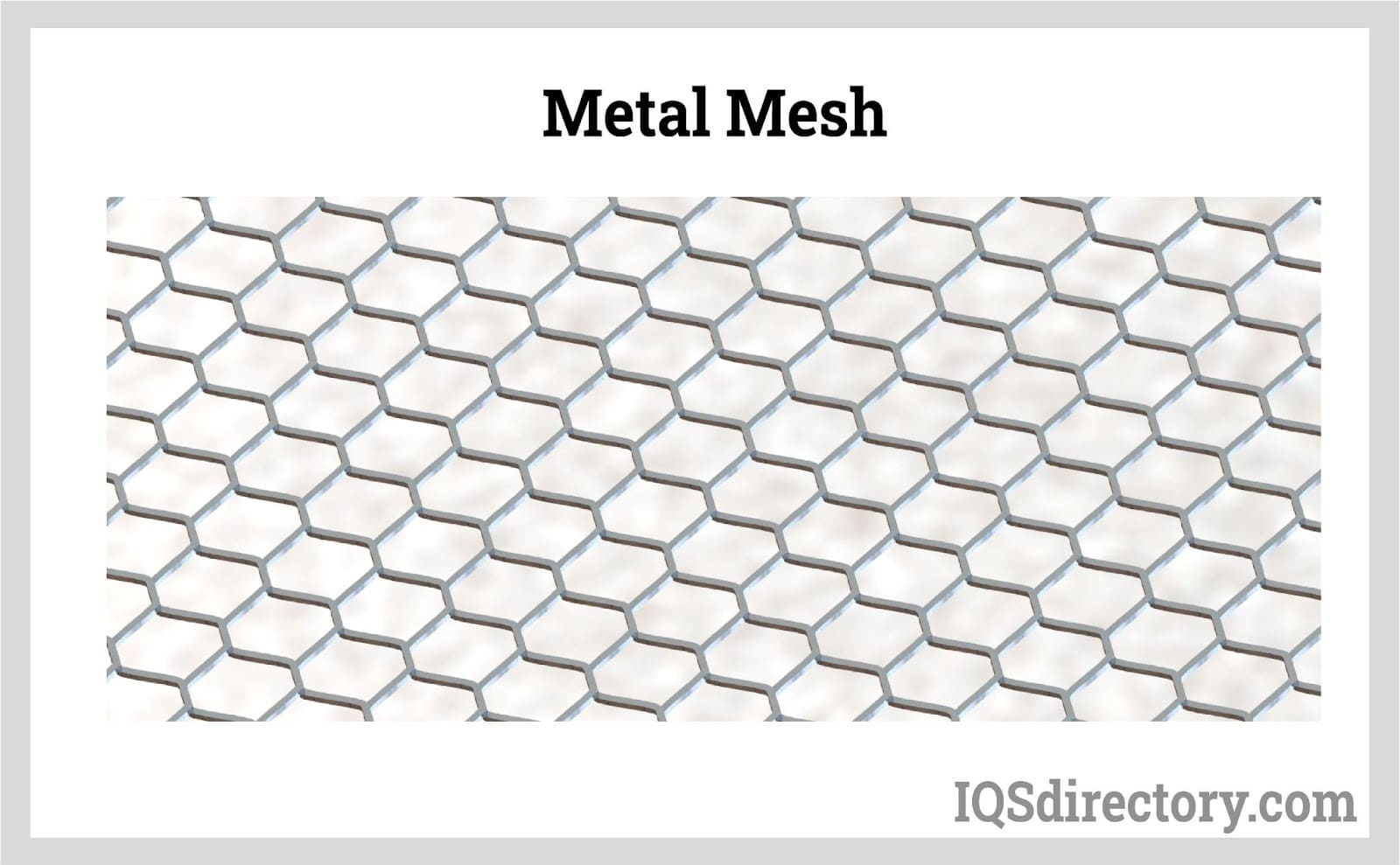
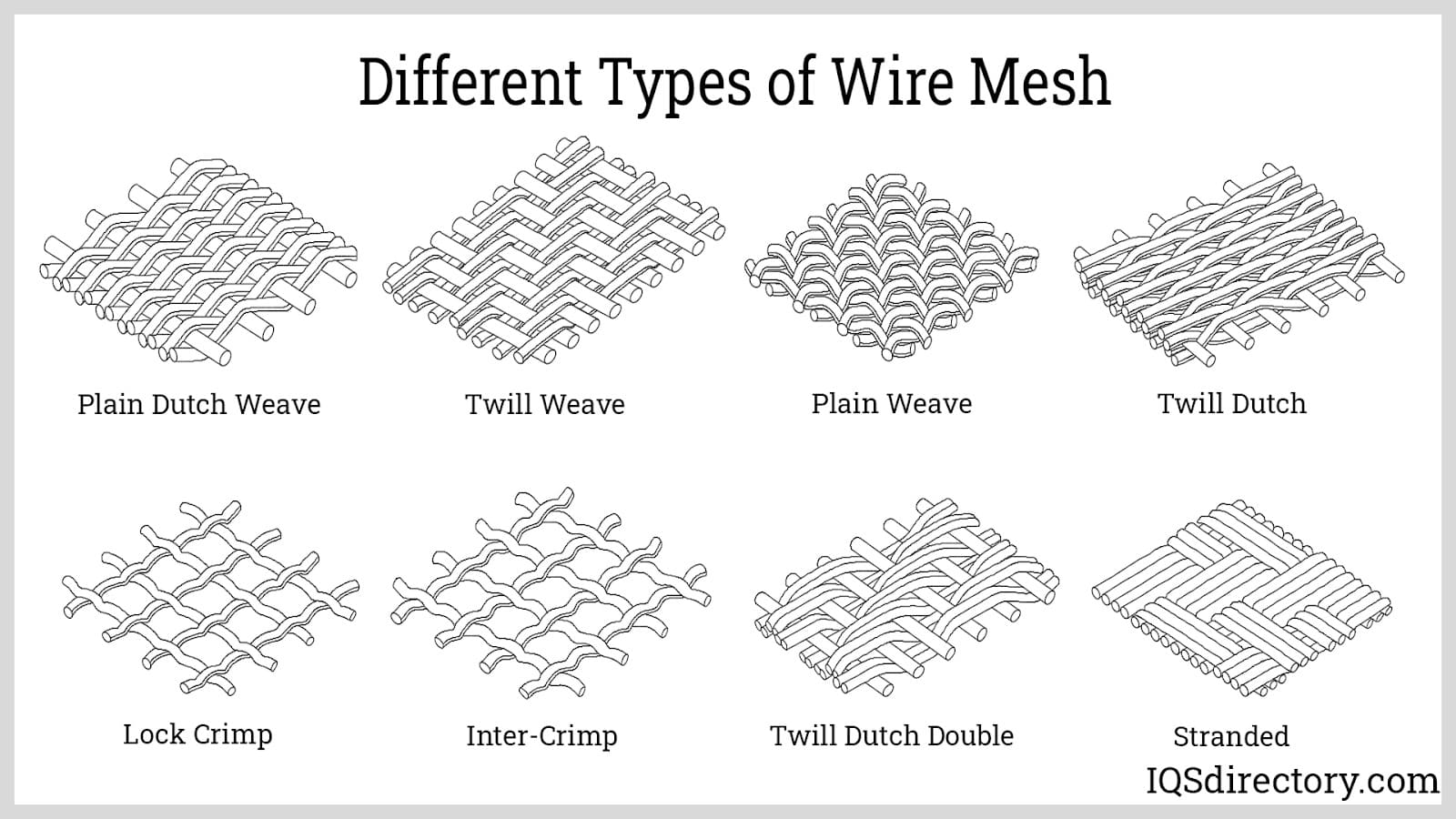
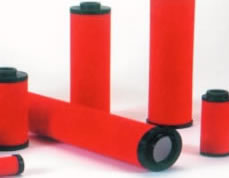 Air Filters
Air Filters Liquid Filters
Liquid Filters Filtering Systems
Filtering Systems Castings & Forgings
Castings & Forgings Bulk Material Handling
Bulk Material Handling Electrical & Electronic Components
Electrical & Electronic Components Flow Instrumentation
Flow Instrumentation Hardware
Hardware Material Handling Equipment
Material Handling Equipment Metal Cutting Services
Metal Cutting Services Metal Forming Services
Metal Forming Services Metal Suppliers
Metal Suppliers Motion Control Products
Motion Control Products Plant & Facility Equipment
Plant & Facility Equipment Plant & Facility Supplies
Plant & Facility Supplies Plastic Molding Processes
Plastic Molding Processes Pumps & Valves
Pumps & Valves Recycling Equipment
Recycling Equipment Rubber Products & Services
Rubber Products & Services